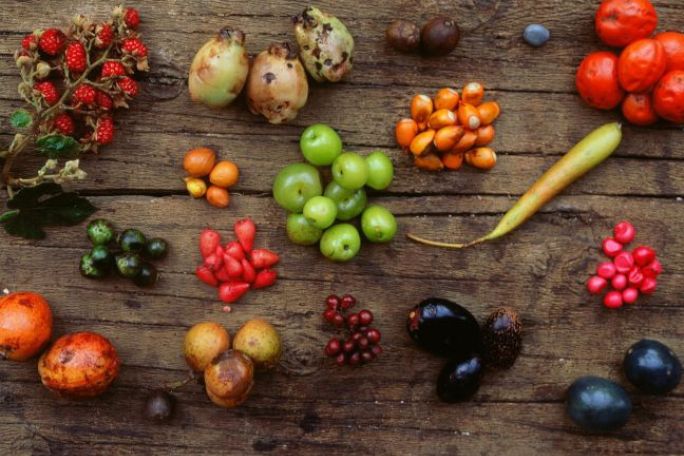Lesson summary
Students will explore the role of bushfoods in food and fibre production and will provide an assessment of bushfoods based on their environmental, cultural and economic benefits.
Learning intentions:
Students will...
- understand what bushfoods are and the role they could play in food and fibre production.
Success criteria:
Students can...
- name some Australian bushfoods
- rate bushfoods based on their impacts on climate change, biodiversity and land use, water and jobs
- explain how bushfoods can be used in everyday meals.
Lesson guides and printables
Curriculum links
Select your curriculum from the options below.
Lesson details
Skills
This lesson is designed to build students’ competencies in the following skills:
- creativity
- critical thinking
- collaboration
- community engagement
- cultural understanding
Curriculum Mapping
Australian Curriculum (v9.0) content description: Years 5 & 6 Design and Technologies
- Explain how and why food and fibre are produced in managed environments (AC9TDE6K03)
Relevant parts of Year 5 & 6 Design and Technology achievement standards:
Students explain how people design products, services and environments to meet the needs of communities, including sustainability.
Syllabus outcomes: ST3-5LW-T
General capabilities: Critical and Creative Thinking, Intercultural Understanding
Cross-curriculum priority: Aboriginal and Torres Strait Islander Histories and Cultures, Sustainability
UN Sustainable Development Goals
UN SDG 2: End hunger, achieve food security and improved nutrition and promote sustainable agriculture
- Target 2.4: By 2030, ensure sustainable food production systems and implement resilient agricultural practices that increase productivity and production, that help maintain ecosystems, that strengthen capacity for adaptation to climate change, extreme weather, drought, flooding and other disasters and that progressively improve land and soil quality
Resources Required
- Bushfoods fact sheet
- Bushfoods recipe card rubric
- Devices capable of internet access for students
- Device capable of sharing a YouTube video with students
- Student Worksheet
Additional Info
This unit of lessons, along with the other units in the Skills and Jobs For a Transitioned Economy package aims to teach students how to be climate solution entrepreneurs. These lessons will equip students with the relevant skills and knowledge of jobs and career pathways that will be able to sustain our economy once it has transitioned away from fossil fuels. Cool.org thanks our philanthropic partners, the Lord Mayor’s Charitable Foundation and Boundless Earth, for their generous contributions in helping us to create these resources.
Level of teacher scaffolding: Medium – facilitate class discussion, lead students in group and individual tasks.
Related Professional Learning
We don’t have any related professional courses for this lesson at the moment, but we do have heaps of other Cool professional learning here.



Welcome back!
Don't have an account yet?
Log in with:
Create your free Cool.org account.
Many of our resources are free, with an option to upgrade to Cool+ for premium content.
Already have an account?
Sign up with:
By signing up you accept Cool.org's Terms and Conditions(Opens in new tab) and Privacy Policy(Opens in new tab).